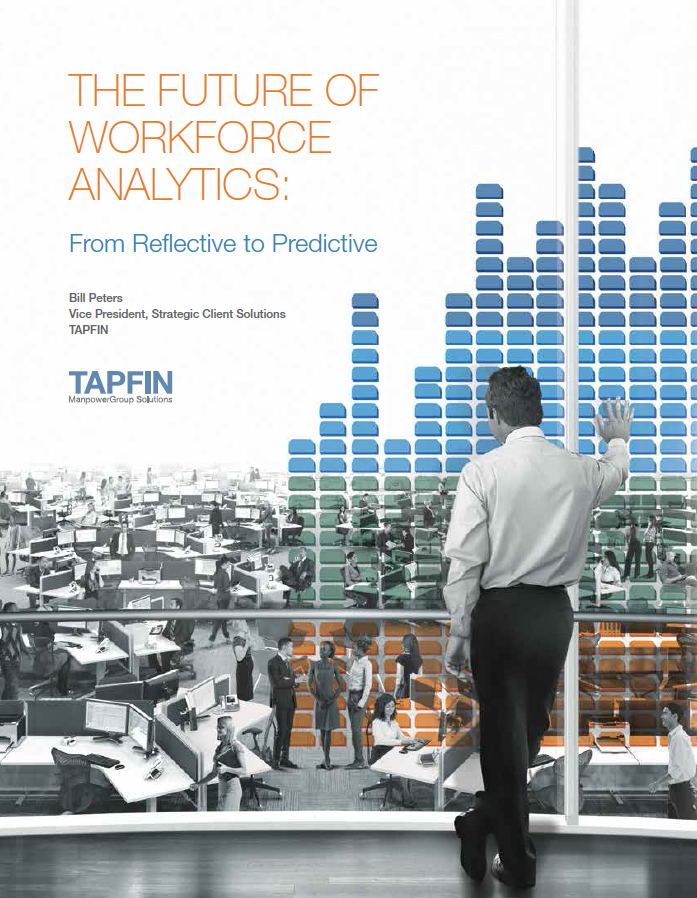Contingent workers have the potential to significantly impact on business outcomes. So, faced with increasing dependence on contingent labour, future success relies on the ability to strategically integrate contingent workers into a wider workforce strategy. As a result, expectations for improved workforce analytics are increasing. Forward-looking companies don’t want to reflect on success any longer. They want to access analytics that allow them to predict potential. This includes what limits it, what nurtures it and what makes that potential thrive. Yet, whilst the vast majority recognise the value of sophisticated talent analytics, many lack confidence when it comes to implementation. Instead, most continue to rely on transactional-level data which doesn’t yield the deep insights that truly meaningful decision-making requires.
Moving Towards Workforce Analytics 2.0
Today, most organisations are heading toward Workforce Analytics 2.0. However, the most common focus continues to be on metrics that provide insights into what is happening – but how why or how. To make better strategic workforce decisions, companies need multi-dimensional workforce analytics tools that allow them to manage their workforce in a proactive manner. In this new whitepaper from TAPFIN, we delve into why organisations need better data analysis. We look at what’s holding them back, and steps that business leaders can take to generate more meaningful insights.

